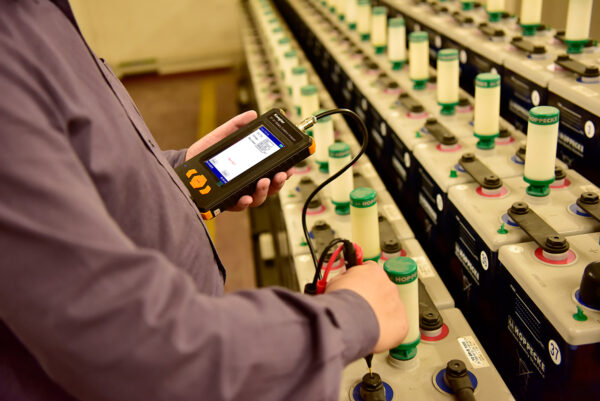A battery internal resistance tester, also known as a battery impedance tester, is a useful tool for various applications, particularly in situations where batteries play a critical role. Here are some reasons why you might need a battery internal resistance tester:
- Battery Health Assessment:
Internal resistance is a key indicator of a battery’s health and condition. As a battery ages or undergoes wear and tear, its internal resistance tends to increase. By regularly testing the internal resistance, you can assess the overall health of the battery. This is crucial for batteries used in critical applications like emergency backup power systems, electric vehicles, and renewable energy systems. - Predictive Maintenance:
Monitoring internal resistance can help you predict when a battery is nearing the end of its useful life. As internal resistance increases, a battery’s capacity and performance can degrade. By identifying this trend early, you can schedule battery replacement or maintenance before the battery fails completely, minimizing the risk of unexpected downtime. - Performance Optimization:
In applications where batteries are essential for performance, such as electric vehicles or renewable energy storage systems, monitoring and managing internal resistance can help optimize battery performance. High internal resistance can lead to energy losses, reduced power output, and shorter operating times. By identifying and addressing high resistance, you can maintain or improve the battery’s performance. - Troubleshooting:
When a battery-related problem arises, an internal resistance test can help diagnose the issue. For example, if a battery fails to deliver its rated capacity, the internal resistance may be too high, indicating a problem within the battery. Identifying the root cause allows for targeted troubleshooting and maintenance. - Quality Control:
Manufacturers and suppliers of batteries often use internal resistance testing as part of their quality control processes. Ensuring that batteries meet specified internal resistance thresholds helps maintain product quality and reliability, particularly for applications like consumer electronics and medical devices. - Safety:
High internal resistance in batteries can lead to safety concerns, including overheating and, in extreme cases, thermal runaway or cell rupture. By monitoring and managing internal resistance, you can reduce the risk of safety incidents, which is crucial for applications like aerospace, medical devices, and industrial equipment. - Cost Savings:
Identifying and replacing batteries with high internal resistance before they fail can save you money in the long run. It’s more cost-effective to replace or maintain batteries proactively than to deal with emergency replacements and potential damage or downtime. - Data Logging and Analysis:
Battery internal resistance testers often provide data logging and analysis capabilities, allowing you to track the historical performance of batteries over time. This data can be valuable for trend analysis, optimization, and decision-making.
In summary, a battery internal resistance tester is a valuable tool for assessing battery health, optimizing performance, diagnosing issues, ensuring safety, and maintaining product quality. It plays a crucial role in various industries and applications where reliable battery operation is essential. To give you peace of mind, Kongter offer different options of quick handheld tester for test of battery internal resistance/conductance with and without inter-connection resistance test.

